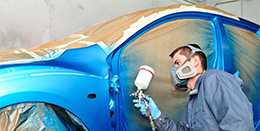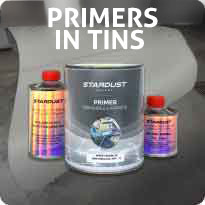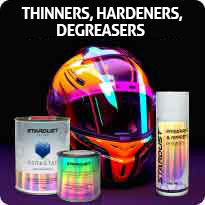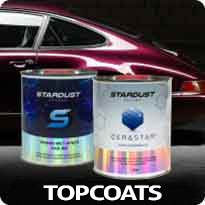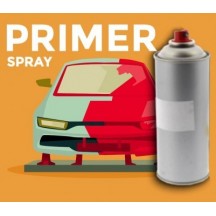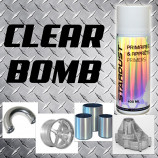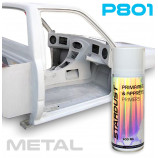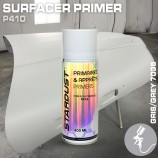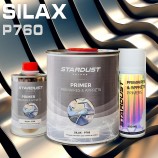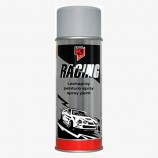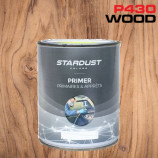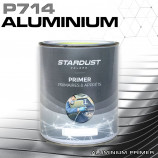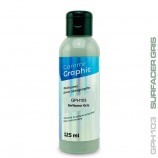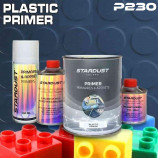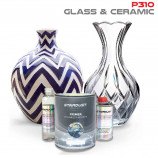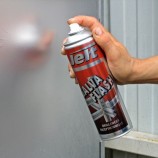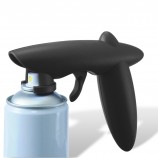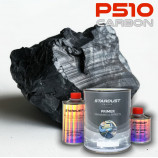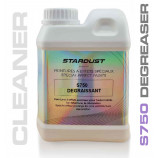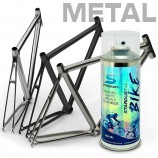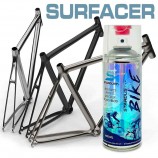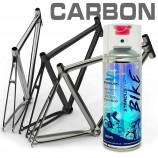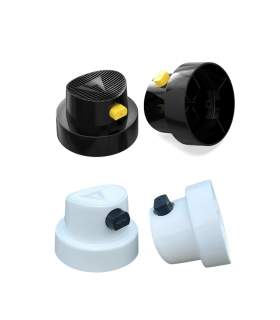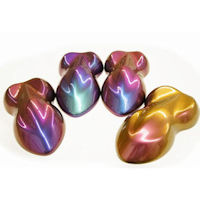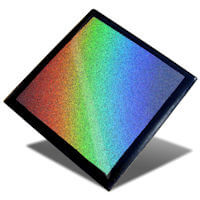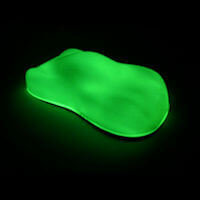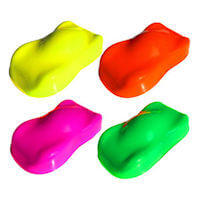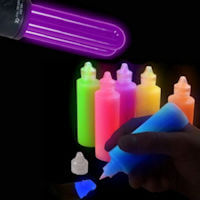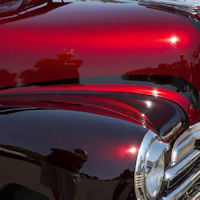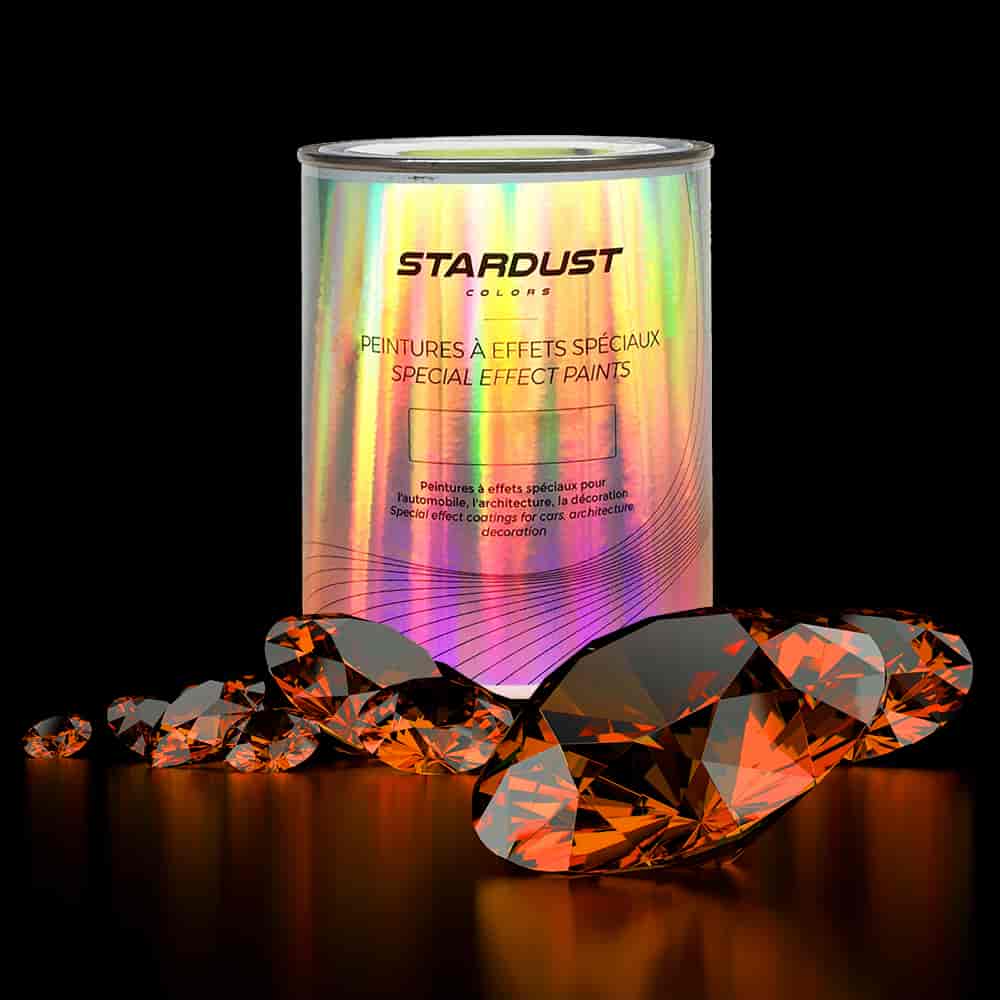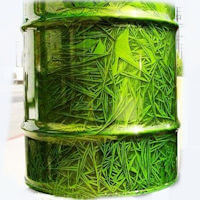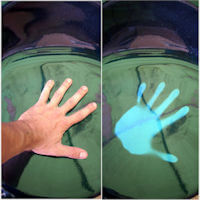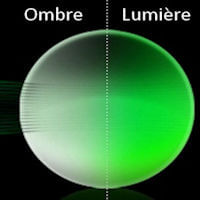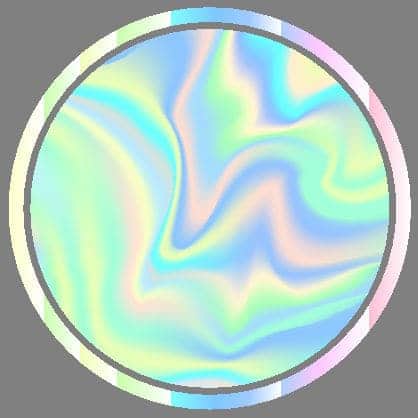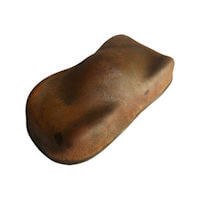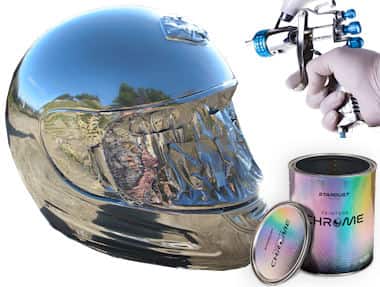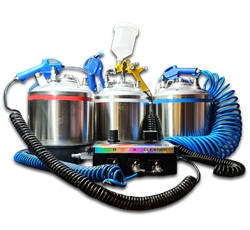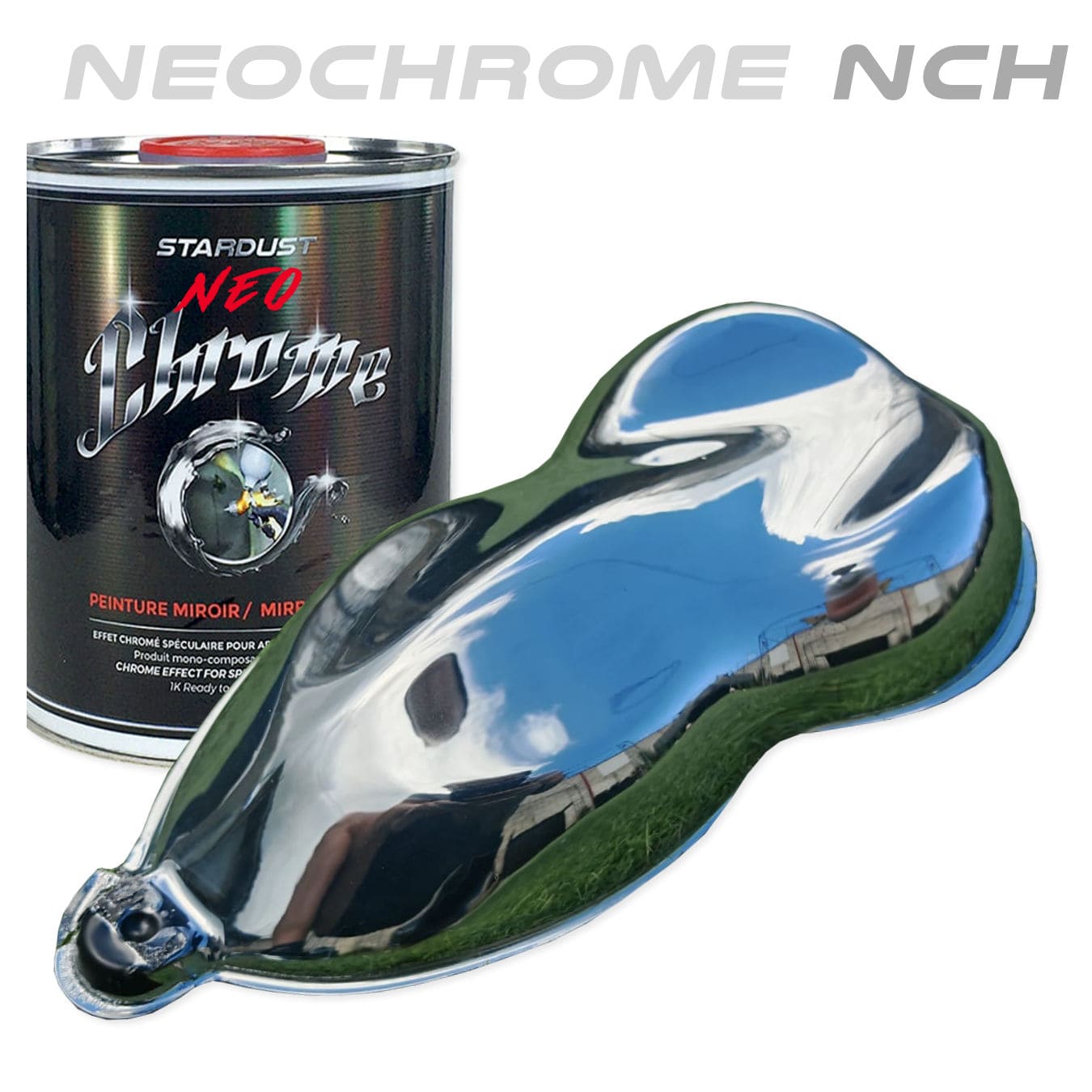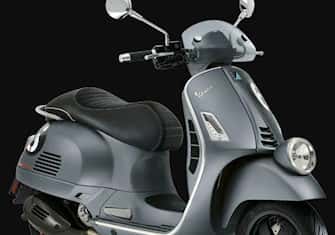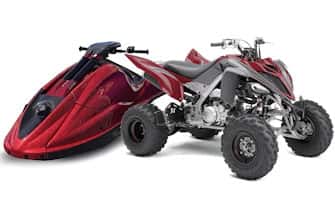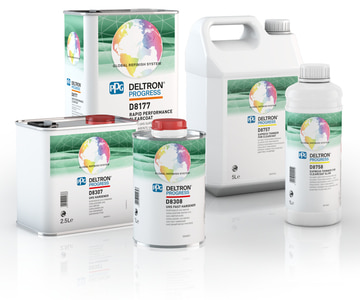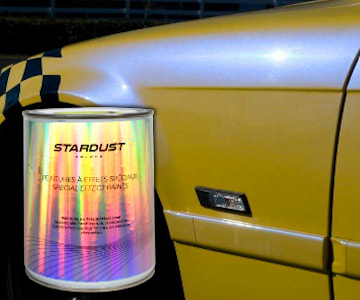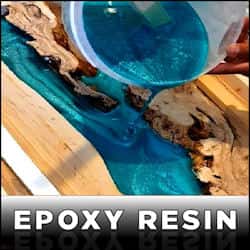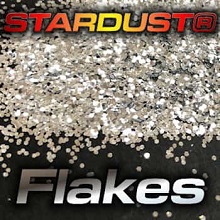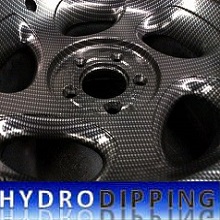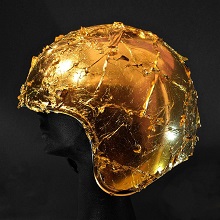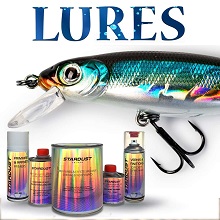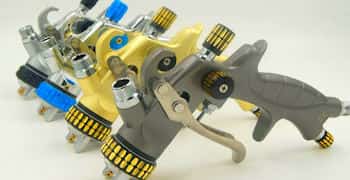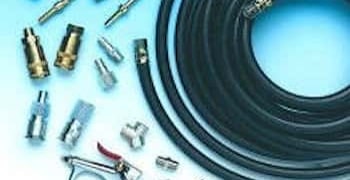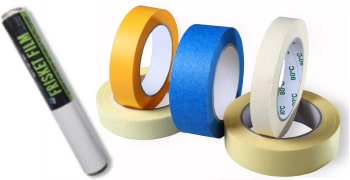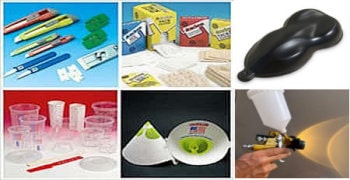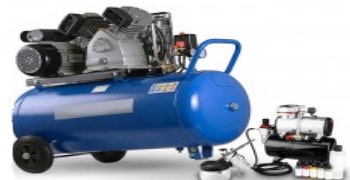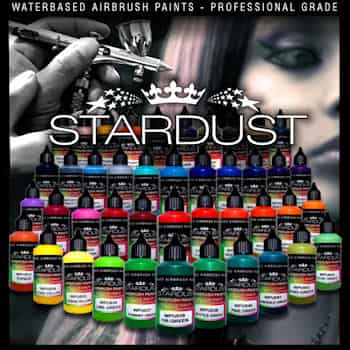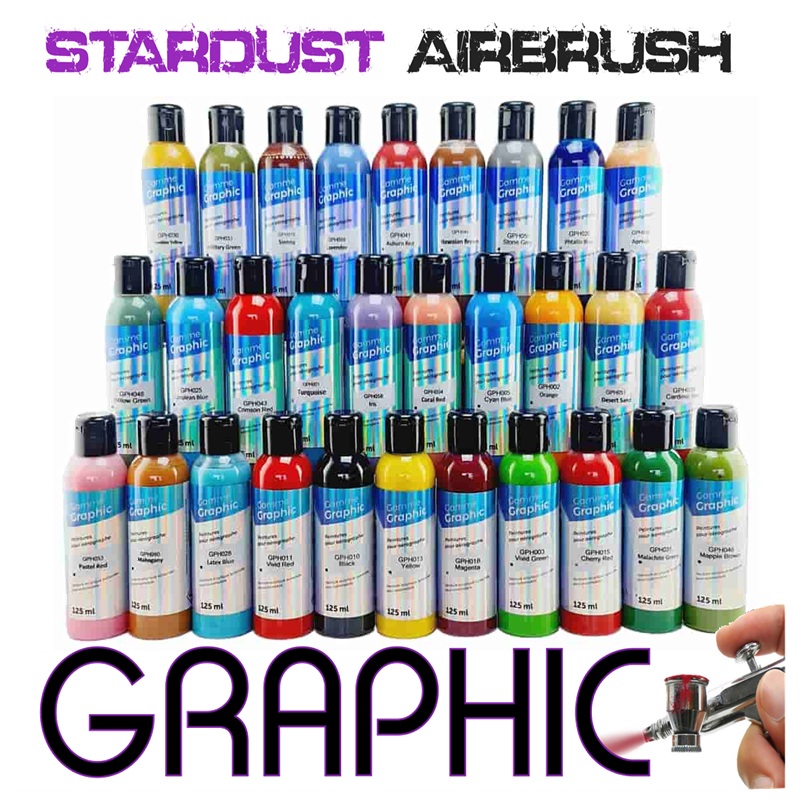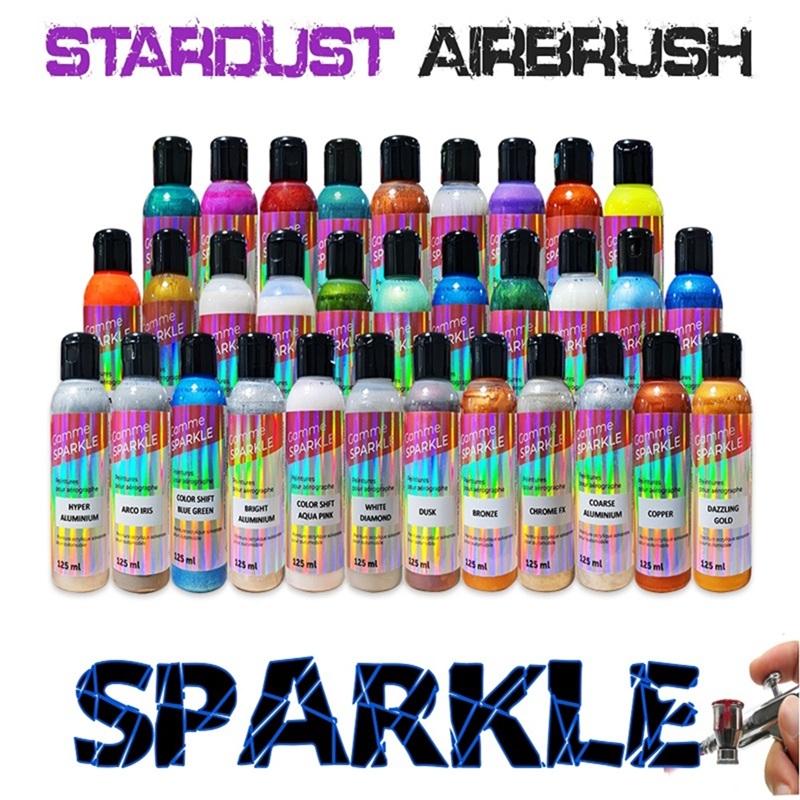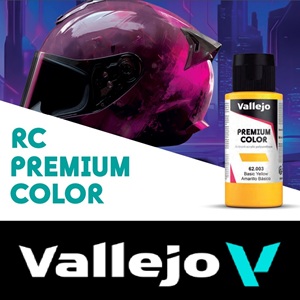They are sold in cans or spray cans and are used to accomplish the first step of the body painting process, these are the bodywork primers which have various roles and uses :
Body primer cans are used to perfect a surface, but also to protect that surface from oxidation, or even to adhere perfectly to that surface. No single can of body primer can perfectly fulfill all 3 tasks at the same time. The most common type of primer is the surfacer, which levels the bodywork before painting.
The body primers called « surfacers » are therefore thick and covering products, made of a large quantity of filler, such as talcum powder, and which will allow to fill every defect of the support and to be sanded effortlessly to leave a totally smooth and silky smooth sheet metal or fairing.
There are single and two-component primers, both in cans and in spray cans (2K aerosol sprays).
Primer spray for bodywork
Did you know that a primer aerosol can, marked 300 or 400 ml, has a real capacity of 100 or 150 ml of product at most ? In fact, the rest of the « ml » is the propellant. This makes an aerosol can much less economical than a canned product.
However, many professional body shops are used to using these spray primers and it works perfectly for them.
Besides the uneconomical aspect of this packaging and the small capacity, this is explained by the time saving : no gun to fill and clean, no mixing to do... and finally a « coarse » product that does not need to be applied with precision and care.
Is the two-component format of the body primer spray better than the 1K spray ? Why create a primer with hardener, when you know that the primer can can only be used once ? Because once the hardener button is pushed, the product mixed in the aerosol can has a limited life of a few hours at most.
The reason for the « 2K » is that it is stronger : it allows for more loading in thickness, probably double the thickness of a can of single component body primer sold in the consumer market. Curing the primer also allows it to harden, consolidate and provide a base, to avoid the risk of reaction when applying solvent-based paints over it.
Priming with an aerosol spray
It is important to judge the condition of the surface first. It is not necessary to apply a thick coating to an old, slightly scratched bodywork.
On the other hand, it is necessary to apply as much thickness as necessary on a surface repaired with putty, which has many holes and cracks.
With a primer, there is much less constraint than with paint, 2K paint or clearcoat (coat limitation). It is possible to apply more than two coats, for example 3 to 5 coats. Beyond that, there is a risk of bubbles forming in the dry primer film.
The different types of primers in cans
It is sometimes necessary to use two different sprays to prime a surface, such as a sandblasted motorcycle frame :
The first primer is specialized to adhere to the metal and provide anti-corrosion, while the second primer is used to provide thickness and leveling of the sandblasted frame. The metal primer, with its thickness of 10 to 30 µm once dry, cannot ensure a good filling of the surface.
Of course, it is possible to use a simple primer directly on the metal to save time and money, and also when a perfect level of guarantee and duration in time is not required.
Be careful, if this background is aluminum, carbon, chrome, plastic... The person, who refrains from using a specific primer, runs the risk of seeing peeling in the more or less long term.







